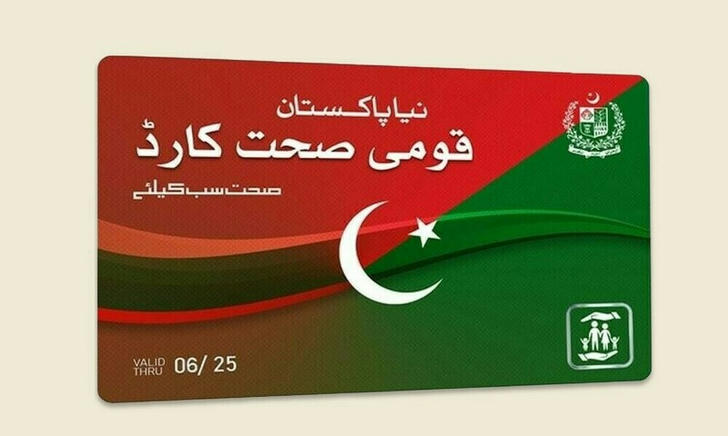Pakistan’s Health Insurance for Older Adults: Coverage, Challenges & Benefits
Pakistan continues to grapple with achieving universal health coverage (UHC). For older adults — especially those aged 55 and above — public health insurance plays a critical role in reducing financial burden and increasing access to essential health services.

Government Policy on Health Insurance
The Pakistani government runs a large health protection program called the Sehat Sahulat Program (or “Sehat Card”), which acts as a social health insurance safety net.
The program subsidizes insurance premiums so that low- and middle-income families can access hospitalized care in empaneled public and private hospitals, with coverage up to approximately PKR 1 million per year for some households.
For many older people, who are particularly vulnerable to high out-of-pocket health expenses, Sehat Sahulat represents a social protection mechanism designed to extend financial risk protection.
While universal health coverage remains a long-term goal, this safety net helps mitigate catastrophic spending, especially for chronic and serious illnesses.
Health Insurance Benefits for Older Adults
For people aged 55 and older, this health‑insurance coverage can be especially meaningful:
Financial Protection: Older adults face higher risks of hospitalization, chronic disease, and frequent health needs. Health insurance under the Sehat Card helps them avoid paying large sums out-of-pocket and reduces the likelihood of falling into poverty because of medical bills.
Access to Care: With insurance, older adults can access a broader network of hospitals and services. This improves equity, especially for those who lack savings or stable income in later life.
Reduced Catastrophic Expenditure: Without financial protection, health shocks often lead to “catastrophic health expenditure.” The Sehat Sahulat scheme provides risk pooling so that older individuals are shielded from financial disaster due to sudden illness.
Promoting Equity: Because the program is subsidized, it helps bridge the gap for socially and economically marginalized elderly individuals who otherwise might forgo needed care due to cost.
Different needs of elderly people of different ages for health insurance
Age 55–65: Many in this bracket may still be working or recently retired. They typically have lower income or limited retirement savings. Insurance can cover surgeries, inpatient care, and major diagnostic procedures that become more common in this age range.
Age 65–75: Chronic illnesses such as diabetes, hypertension, heart conditions, and mobility-related problems tend to increase. Health insurance helps offset frequent hospital visits, long-term medications, and specialist care.
Age 75–90: In this oldest age range, older adults often need more intensive, repeated care — including hospital admissions, long-term management, and possibly palliative or geriatric services. Insurance becomes even more vital in protecting against extremely high medical costs.
Key Q&A for Older Adults Considering Health Insurance
Q1: Is the Sehat Sahulat Program available to people over 55?
A1: Yes — Sehat Sahulat coverage generally applies to households and individuals regardless of age, as long as they meet eligibility criteria.
Q2: What kind of services does the insurance cover?
A2: The program is designed to cover “catastrophic health expenditure,” including inpatient hospital care, surgeries, diagnostic tests, and serious illnesses. However, coverage may vary by hospital and the province, and some outpatient (OPD) services may be limited.
Q3: How do older adults apply for this insurance?
A4: Eligible individuals can apply to the Sehat Sahulat Program through designated government portals. In many cases, enrollment is linked with national health registries or social welfare programs such as the National Soc
